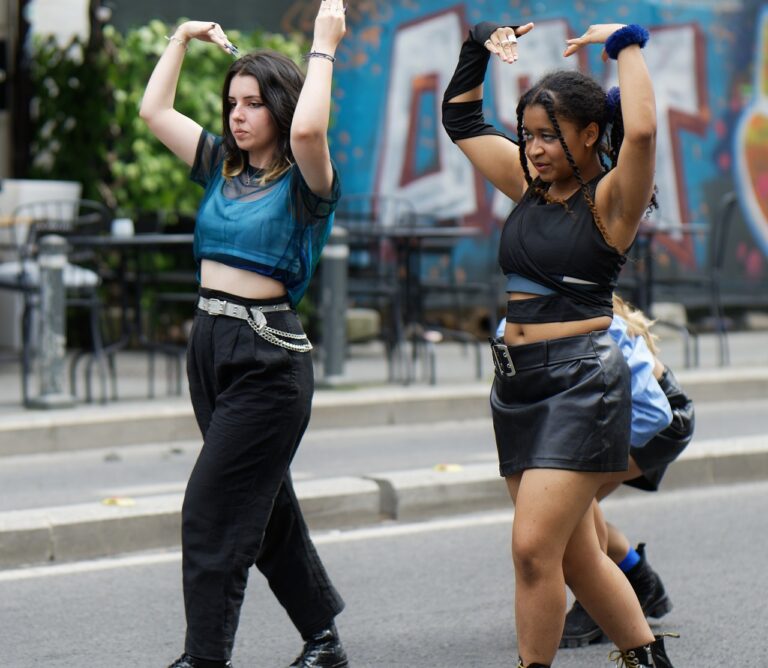Fashion and Cultural Heritage: Traditional Garments in Modern Fashion
Traditional garments serve as a significant reflection of cultural identity, carrying with them a rich history and deep-rooted traditions. These garments not only signify the unique heritage of a particular community but also encapsulate the values, beliefs, and customs passed down through generations. The intricate designs, patterns, and materials used in traditional attire often hold symbolic meaning, showcasing the cultural narratives and stories of a people.
Moreover, traditional garments are a source of pride and connection for individuals, fostering a sense of belonging and unity within a community. By upholding and preserving these age-old practices of dress, people are able to honor their ancestors and keep their cultural heritage alive. The act of wearing traditional attire can evoke a sense of nostalgia and nostalgia for the past, creating a bridge between the past and the present in a world of evolving trends and globalization.
The Evolution of Traditional Garments
Over the years, traditional garments have undergone significant changes, reflecting the evolving tastes and preferences of society. What was once solely reserved for ceremonial occasions or daily wear has now transformed into a fusion of traditional elements with modern touches. This metamorphosis has allowed these garments to adapt to contemporary lifestyles while retaining their cultural significance.
The evolution of traditional garments has also been influenced by global trends and advancements in technology. With the ease of travel and access to information, different cultures have started to blend elements of traditional attire, creating a diverse and eclectic range of styles. The incorporation of new fabrics, patterns, and designs has breathed new life into traditional garments, making them more versatile and suitable for a wider audience.
Influence of Traditional Garments on Modern Fashion
In recent years, there has been a noticeable surge in the incorporation of traditional garments into modern fashion. Many designers are drawing inspiration from cultural attire and integrating elements such as intricate embroidery, vibrant colors, and unique textile patterns into contemporary clothing pieces. This fusion of traditional and modern styles has resulted in a diverse and eclectic fashion landscape that celebrates global heritage and diversity.
The influence of traditional garments on modern fashion extends beyond aesthetics. By embracing and reinterpreting cultural attire, designers are not only paying homage to the rich history and craftsmanship of traditional clothing but also fostering cross-cultural exchanges and promoting inclusivity in the fashion industry. This trend highlights the significance of preserving and celebrating cultural identities through clothing, serving as a bridge between the past and the present in a rapidly evolving fashion world.





